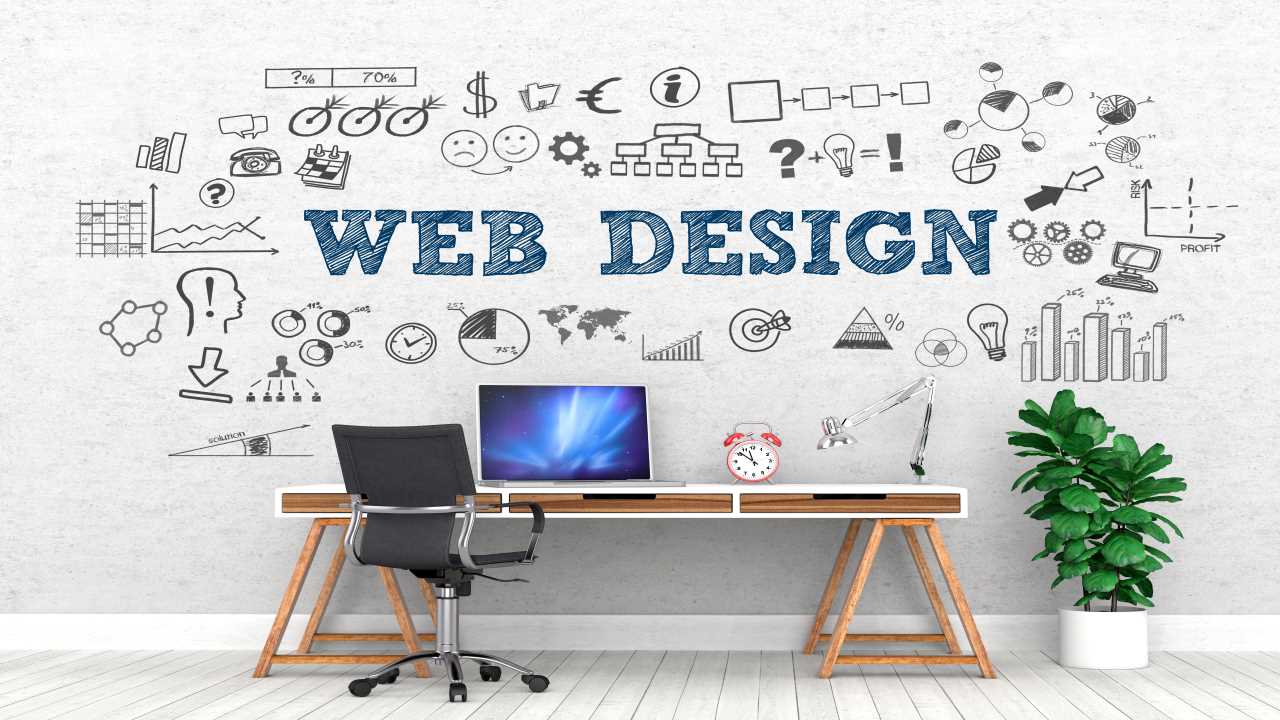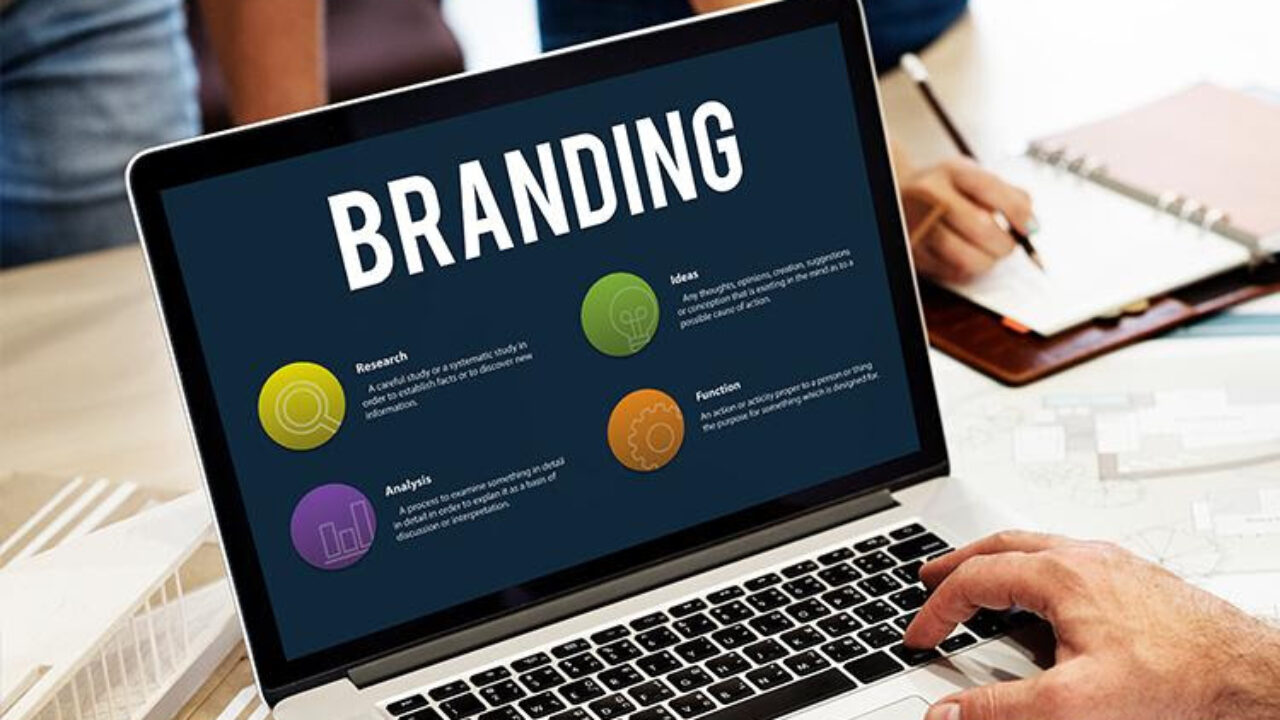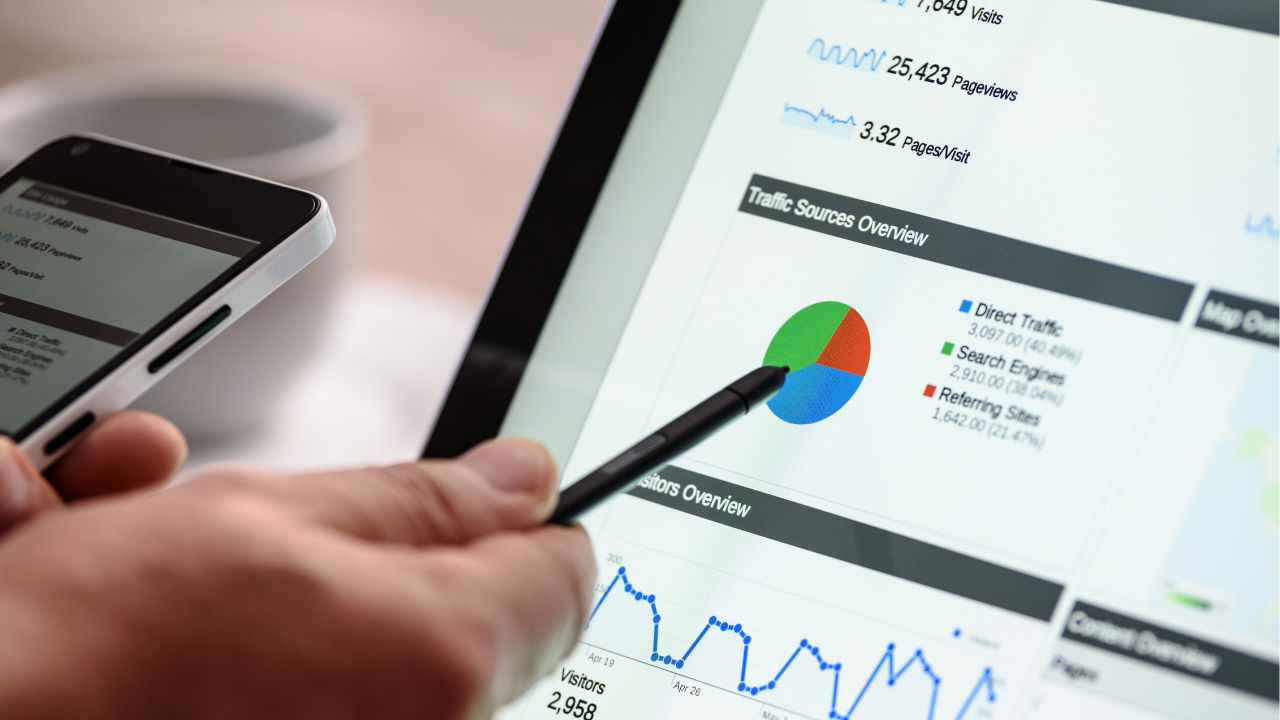Published on October 12th, 2021 by Rahul Kumar Singh
One of the main struggles of startups is finances. After all, a startup usually has zero stakeholders, and the owner often doesn’t have valuable assets. This issue particularly affects how a startup deals with website design. If you didn’t know, web design might cost between USD$2,000 to USD$15,000. That’s only for the initial costs and not including the maintenance and repairs.
Unless you can take out a loan of some sort, you’ll just have to build the website with your limited funding. However, there are ways to get around this issue, and that’s why you’re here. Below are seven tips to help you cut down on website design costs:
Contents
1. Seek Help From Professionals
Before anything else, it’s important to note that the website design costs don’t come as a single payment. It’s often the total amount you spend from purchasing the necessary elements of the website such as the images, plugins, programming, and more. One tactic to save on costs is to tackle these elements individually, which you’ll get to know how later on.
But another tactic is to combine them all, and you can do so by seeking help from professional web designers. If you get the help of professionals or agencies like Smartly Done and others, you’re essentially handing over to them the responsibility of designing the website. That usually means the agency will handle the costs for photos, coding, and plugins as long as you pay them the agreed-upon price. Doing so results in a lower overall cost, typically around USD$8,000. But of course, that’d depend on the web design service provider you intend to hire.
2. Make Use Of Free Templates
It’s common knowledge that when building a website, it’s a good idea to look at what experts refer to as website templates. These are pre-made websites that you can edit using a builder’s interface.
However, what you may not know is some templates are completely free—no initial cost, no hidden charge, no fees, no nothing. Hence, it’s perfect for your purposes as it’d allow you to easily cut down on web design costs by simply using a free website template rather than purchasing a custom template or making the website from scratch. But it’s only worth considering since your goal is to save on web design costs. Website templates have disadvantages, so it’s advisable to first weigh the pros and cons.
3. Take Advantage Of Free Resources
Apart from templates, you’ll find many other freebies on the internet. Take stock photos, for example. As stated earlier, you’ll need pictures to properly design and populate the website.
Normally, you’d pay for high-quality images from photographers. However, you’ll find countless websites that offer high-quality stock photos. Much like how you can save on costs by using free templates, you can also minimize your expenses by taking advantage of free resources.
If you don’t know what you’re looking for, here are some examples of free resources for web design:
- Stock photos
- Stock videos
- Fonts
- Textures
- Icons/vectors/symbols
4. Only Download Free Plugins
While it’s technically still a resource, it’s worth creating a whole new section about free plugins. After all, plugins are what keeps a website running, so it’s a huge part of web design.
A plugin is a piece of software that provides additional functionality to a browser outside of its built-in functions. It’s essential to a website, so most website owners download plugins and install them into their domain. When looking for a plugin, try to only download free plugins. That’s because most paid add-ons nowadays have a free version of it somewhere on the internet, so you’ll only increase the costs of web design needlessly by purchasing paid plugins.
5. Don’t Be Afraid To Add White Spaces
One of the struggles of web designers is how to populate the website. After all, ever since the inception of the web, white space has been the dread of website owners and graphic designers.
For your reference, white space refers to a space in a website that doesn’t contain anything. It’s also often called negative space. Designers often look for resources such as photos, textures, or symbols to populate these areas and avoid white spaces. However, you have to remember that things have changed, and white spaces are no longer as bad as they used to be.
Therefore, you shouldn’t be afraid to leave some white spaces on your website. That way, you won’t have to worry about finding and buying resources just to populate those particular areas.
Another aspect that designers often struggle with is navigation. Web navigation refers to how the website takes users from one web page to another. For example, if the user scrolls down a particular page, images and videos may appear in regular intervals. This is an example of a complex navigation process, and it usually costs a lot to pull off. While it’s certainly better to have this type of navigation on your web design, they’re not necessary, especially for a starter website.
For that reason, you don’t have to push yourself when designing web navigation. Instead, you should keep it simple and refrain from adding any unnecessary effects as they’re only eye candy.
7. Don’t Create Unnecessary Web Pages
You’ll also find that most small businesses only have a minimal number of pages on their websites. This is because creating additional web pages usually adds to the cost of web design. That’s why it’s advisable to only create the necessary web pages for your website. These may include:
- Homepage
- About page
- Products/Services page
- Contact page
- FAQs page
- Blogs page
- Privacy policy
Once you have these pages on your website, you should refrain from adding any more pages, at least until you’re finally on the black or if there’s a need for a specific web page.
Closing Thoughts
Web design has always been a struggle for business owners. It’s difficult, time-consuming, and most importantly, it’s expensive to develop a decent web design. Unfortunately, if you plan on establishing your startup, a website is a must, so there’s no getting around this issue. But with this article, you should be able to at least make it easier by cutting down on web design costs.








What a wonderful post! Thank you for sharing.
@Author
Very informative!!
Thank you so much for posting!!
What a great and wonderful blog post..
I’m really impressed with your blog post. It was amazing & informative. Moreover, How precisely you have described the topic. Thanks for sharing.
Great blog, can we expect any blogs relating to free plugin lists.
Hi Rahul,
It was an amazing resource! I am a startup owner as well, and I set up my website a few years back. I did all the setup myself. I also remember using a lot of guides on the internet and using free templates while developing my website. doing it all myself helped me save a lot of money, and I really appreciate yous sharing this resource with the readers. I am sure it will help them a lot, I enjoyed reading it a lot.
It’s a great and tremendous blog post
What a great and wonderful blog post
Great one! best blog I love It this is a really helpful article…